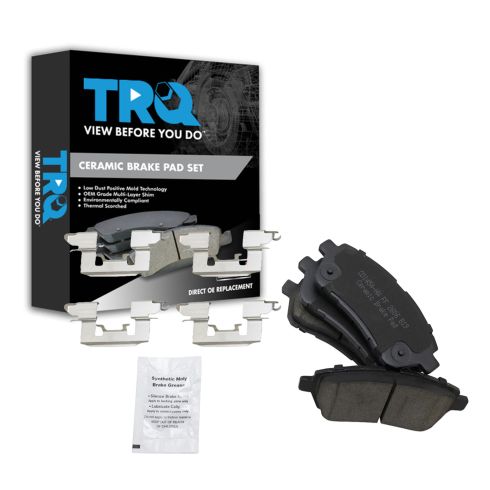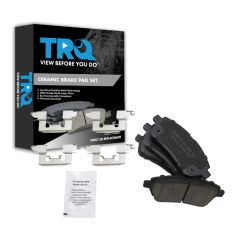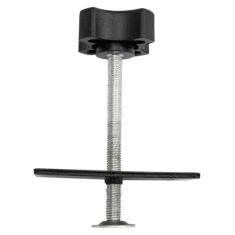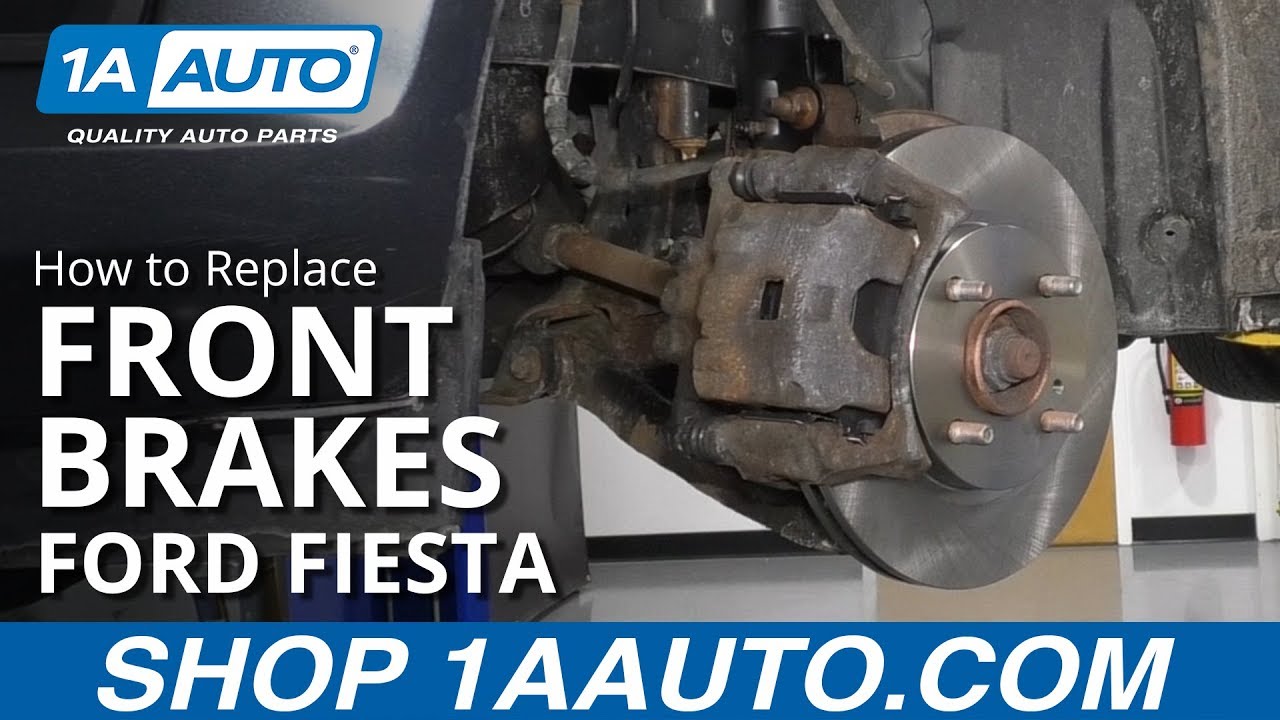1ABPS02882-Ford Fiesta Mazda 2 Front Ceramic Brake Pads TRQ BFA73428



Replaces
2013 Mazda 2 Front Ceramic Brake Pads TRQ BFA73428


Frequently bought together
Product Reviews
Loading reviews
Customer Q&A
No questions have been asked about this item.
Mazda is a registered trademark of Mazda Motor Corporation. 1A Auto is not affiliated with or sponsored by Mazda or Mazda Motor Corporation.
See all trademarks.











